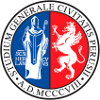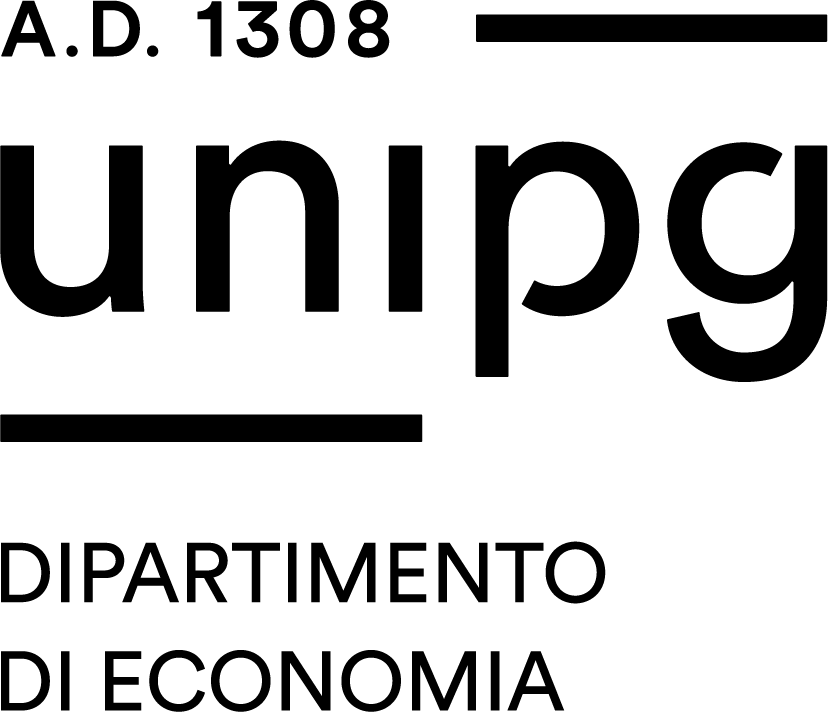Study-unit NANOMETER CMOS IC DESIGN
| Course name | Electronic engineering for the internet-of-things |
|---|---|
| Study-unit Code | 70A00107 |
| Curriculum | Industrial iot |
| Lecturer | Daniele Passeri |
| Lecturers |
|
| Hours |
|
| CFU | 9 |
| Course Regulation | Coorte 2023 |
| Supplied | 2024/25 |
| Supplied other course regulation | |
| Learning activities | Caratterizzante |
| Area | Ingegneria elettronica |
| Sector | ING-INF/01 |
| Type of study-unit | Obbligatorio (Required) |
| Type of learning activities | Attività formativa monodisciplinare |
| Language of instruction | Italian |
| Contents | I. (1 CFU) Nanoelectronics Devices and Technologies (Recap). II. (1 CFU) TCAD Lab. III. (2 CFU) CMOS static and dynamic IC logic design. IV. (3 CFU) CMOS VLSI design of a digital system. V. (2 CFU) VLSI CAD Lab. |
| Reference texts | J. Rabaey, A. Chandrakasan and B. Nikolic, "Digital Integrated Circuits: A Design Perspective", 2/e, Prentice Hall 2003. Harry Veendrick, “Nanometer CMOS ICs: from Basics to ASICs”, ed. Springer. |
| Educational objectives | At the end of the course, students are provided with methodologies and tools for the design of integrated electronic circuits / systems on a nanometer scale with emphasis of power consumption. Ability to motivate/justify design choices for the implementation of CMOS VLSI integrated circuits and systems at different abstraction levels. Proficient use of advanced VLSI CAD tools (layout editor, automatic placement & routing, synthesis, DRC). |
| Prerequisites | In order to understand and know how to apply the contents and methodologies of the course it is advisable to review the basic of analogue and digital electronics (in particular, the operation of the MOSFET transistor) and the basics of Boolean algebra. |
| Teaching methods | Lectures, classroom exercises, computer exercises (TCAD & VLSI CAD Lab), classroom and laboratory experiments. |
| Other information | Contents may change due to syllabus updates. |
| Learning verification modality | Realization of two projects (Mid-Term and Final) and oral examination, mandatory. In particular, the topics of the projects will be: 1. Mid-Term: process and device simulation of a Tunnel FET (TFET). 2. Final: report on a CAD VLSI project of a typically numerical integrated circuit / system (e.g. adders, multipliers). The oral examination aims at verifying the student's skills and application of methodologies and tools for the design of CMOS nanoscale circuits / systems, the ability to justify design choices in view of the state of the art of IC’s technology. |
| Extended program | I. (1 CFU) Nanoelectronics Devices and Technologies. State-of-the-art Technology CAD design tools: process and device simulation for new material/device optimization. Innovative nano-electronics devices for autonomous sensor network design: ISFET, BioFET, Tunnel FET devices. II. (1 CFU) TCAD Lab. Sentaurus Workbench (SWB) - Advanced Process and Device simulation. III. (2 CFU) CMOS static and dynamic IC logic design. Static CMOS logic family: Combinational circuits: dynamic logic Pre-charge/Evaluation (P/E), Domino. Sequential circuits: clocked CMOS logic (C2MOS), NORA, TSPCL. IV. (3 CFU) CMOS VLSI design of a digital system. High-level logic synthesis. Introduction to hardware description languages: VHDL. Datapath. Arithmetic units: adders with different carry propagation routing strategies. Ripple Carry Adder (RCA), Carry Propagate Adder (CPA), Carry Skip Adder, Manchester Carry Chain, Carry Look-Ahead, Brent-Kung. Serial and Parallel Multipliers: Carry Save Multiplier. Dividers. Memories. Organization and synthesis of control units. Low-power VLSI design solution: time-based design for future sensor interfaces (highly digital approach, area efficiency driven scaling, ultra-low voltage capability, energy efficiency) V. (2 CFU) VLSI CAD Laboratory. Introduction to VLSI computer aided design: the major CAD tools in the analysis and synthesis of integrated circuits: layout editor, DRC tools, Placement and Routing. ELECTRIC VLSI Design System, SIS. VLSI CAD Lab exercises: front-to-back design case studies. |
| Obiettivi Agenda 2030 per lo sviluppo sostenibile | Item 4.3: High-quality technical education. |


